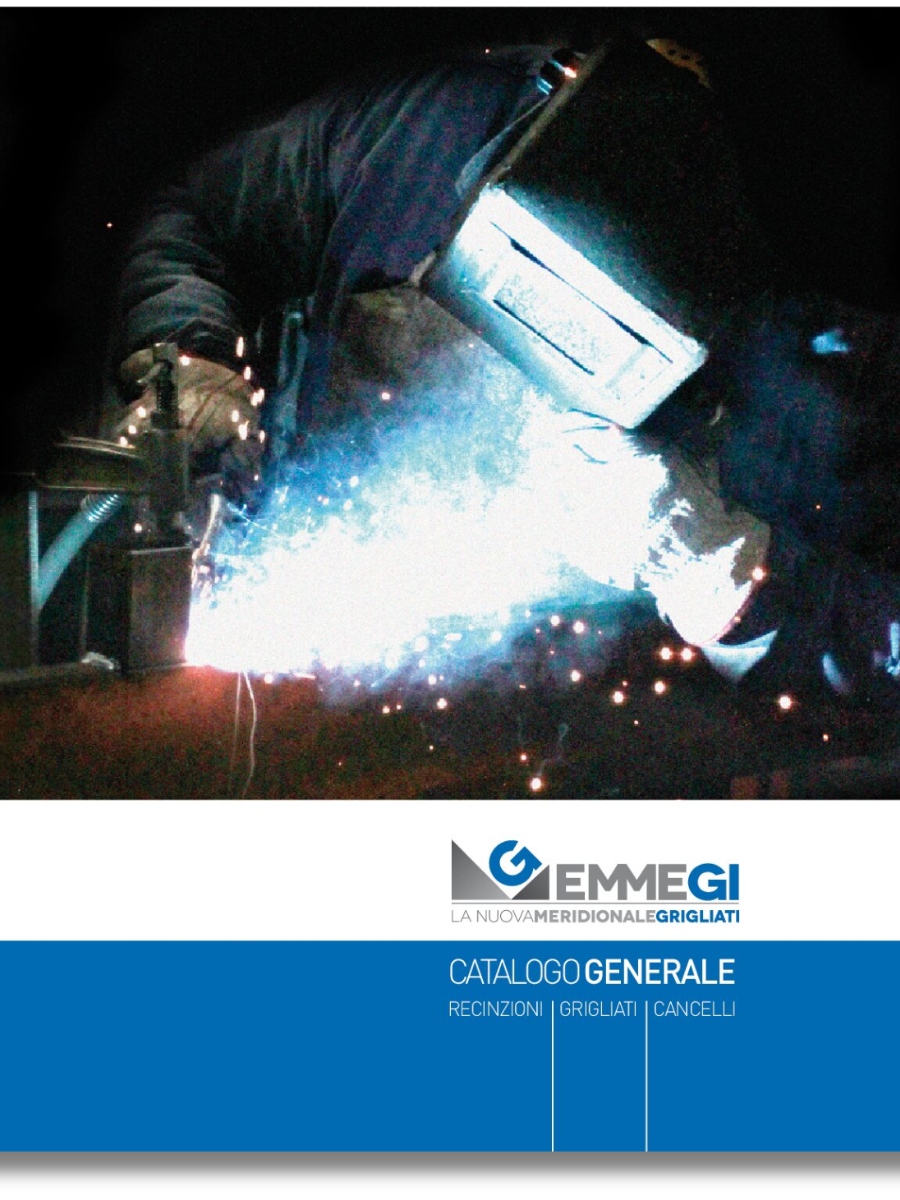Via Nicola Persico, 9 - 23
Gioia del Colle (BA), Italy
Via Giosuè Carducci, 23
Cortenuova (BG), Italy
Export Dpt.
+39 340 846 7264
Gioia del Colle (BA), Italy
Cortenuova (BG), Italy
+39 340 846 7264
The neat elegant patterns of these eletrowelded gratings provide a distinctive feature of contemporary design. These products can be easily adapted to match a wide range of applications, providing inspiration to architects visions and immagination. They can be cut in straight, digonal or circular lines and be framed with steel bars to transform them in solid panels. EMMEGI spa manufacture several electrowelded grating patterns which are ideal for fencing, parapets, brise-soleil, balustrades, balconies, wall-cladding, enclosures and many others.
Raw mats are produced by EMMEGI spa in length up to 6100 m. They can be supplied in raw self-coulor for further fabrication or cut to size, framed and galvanised, ready for installation.
Framed, galvanised and coulored panels are a practical solution for various architectural applications with functional or aesthetic purposes such as parapets, brise-soleil, balustrades, wall-cladding, enclosures and many others.
For such applications EMMEGI spa Technical Department can advise the optimal grating mesh and panel size and provide assistance at any stage of the project
Technical Department team has many years of experience in the management of important and complex projects. EMMEGI spa offers a comprehensive technical service, from the selection of the most appropriate product up to the production optimisation in order to achieve an overall cost reduction.
Gratings up to 3 mm thick flat bar can be easily cut with a hand tool. It is suggested to weld a flat bar on the mat in 2-3 points to provide a guide line when cutting (the weld should be superficial and in 2-3 spots, to be easily removed after the cutting has been performed). Heavier gratings shall be cut by flame or appropriate cutting machines.
To frame the panels, a flat bar of the same thickness or of the bearing bar, or higher, should be used. Flat bars should be welded to the frame bar at every connection at least on one end of the panel. Heavier welding should be performed on the four corners of the panel to ensure maximum rigidity. If a circular frame is required, a 3mm flat bar is appropriate.
In order to avoid unpleasant panel bents, it is raccomanded
to weld the frames with the panel standing on a working desk an not on stands. Holes for the bolts can be drilled directly in the framing bar or, differently, the framing bar can be slotted or holed separetely and then welded to the grating.
Framing bars should be longer than the panel and bent and holed at the tip to provide an anchoring support. It is reccomanded that holes have a diameter of at least 2-4 mm larger than the bolt and is probably good to remind that, if the support structure of the panels has a slot, then the panel should have a hole and vice-versa.

Fill the form to receive the EmmeGi Catalog in PDF directly to your email address, future updates on products and news.
EMMEGI Spa is a leading Italian company specialising in the production and marketing of open mesh press-welded grating, metal fences, CE-marked gates, metal stair treads and safety ladders, active in the domestic and international market